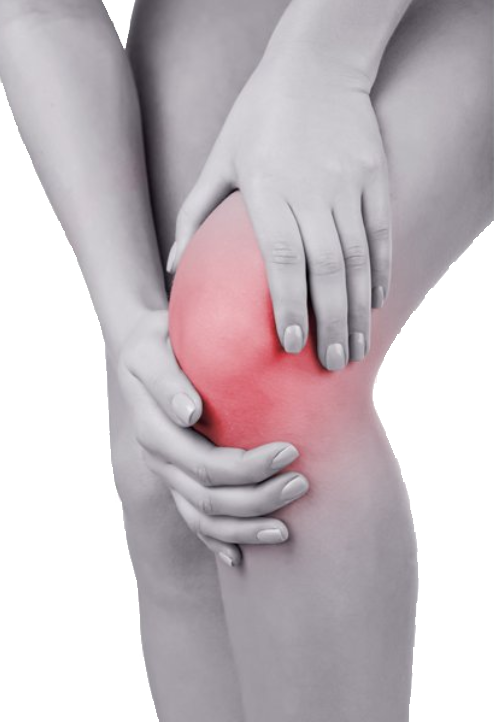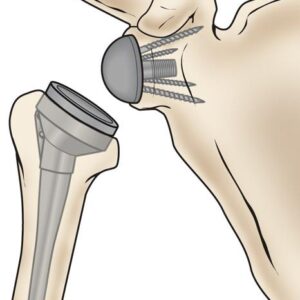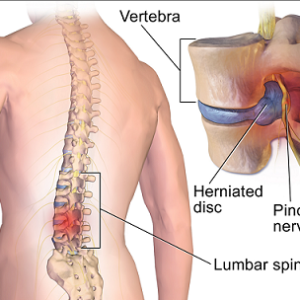Joint preservation is the use of non-surgical or surgical means to preserve a deteriorating joint to delay or avoid joint replacement surgery.
Joint preservation procedures reduce the risk of complications from implant surgery and infection.
When cartilage deteriorates due to osteoarthritis, it causes persistent joint pain that interferes with daily life. Our consultants will aim to restore normal movement and alleviate pain to the joint whether it’s a shoulder, hip, knee or ankle.
If you have recurring or chronic joint pain, you may think joint replacement surgery is your only option for relief. However, you may want to explore several less invasive options first to help maintain mobility as you age.
With millions of people wanting to stay active into their 60s, 70s and beyond, much recent research has focused on joint health and replacement technology.
Experiencing joint pain doesn’t automatically mean that you should have a joint replacement, says orthopaedic surgeon Dr Shyam R Mukhi MS.
“Joint replacement surgery is generally performed for late stages of degenerative arthritis (also called osteoarthritis), after other options have failed,” he says. Most causes for joint pain including knee, hip, shoulder and ankle can be treated with far less invasive options.
So how do you know your arthritis or other joint damage needs attention?
In general, you should see a doctor if your joint pain limits your activities for more than three days without improvement, or you have recurring episodes of the same pain over several weeks or months.
Causes of joint pain
You can damage a joint suddenly. Or joint damage may come on gradually, bothering you periodically at first and becoming more painful over time.
The causes of joint pain may include:
- Tendonitis or tendon degeneration.
- Bursitis.
- Muscle strain.
- Meniscus or labrum cartilage.
- Arthritis.
- Injury from a fall or accident with bone or soft tissue trauma.
- Cartilage loss from trauma, or wear and tear.
- Osteonecrosis.
- Inherited abnormalities in the joint.
Most causes for joint pain never require surgery. However, even in the case of osteoarthritis, surgery is not necessarily the first choice. Whatever the cause, you’ll want to preserve your joints for as long as you can.
This is particularly true if you are a younger, active person.
Joint replacement has gotten much safer and faster to recover from, but these are serious operations that are not to be undertaken lightly, says Dr Mukhi.
Joint replacement techniques and associated parts are thought to last longer than they used to. But they are mechanical and subject to loosening, stiffness, complications and infection. These problems may lead to follow-up surgeries down the road which are more complicated and generally not as successful as they are the first time.
“Most people now live into their 80s. Many of the next generation will live to be older and into their 90s,” Dr Luv S Mukhi says. “If someone in their 50s is very active and has knee or hip joint replacement, they may need one or two more operations in their lifetime, so we try to avoid it until later if possible.”
What is joint preservation — and when is it the best option?
The goal of preservation is to prevent injury, reduce inflammation and preserve cartilage, Dr. Shyam R Mukhi says. These factors figure in when your physician weighs your options:
- Age — Preservation techniques often are more successful the younger you are.
- Weight — The more you weigh, the greater stress and demand is placed on your joints. Every pound you lose relieves three to five pounds of pressure on the hip, knee or ankle. Losing weight is the best thing you can do for an arthritic joint.
- Muscle strength and conditioning — Muscles provide power to movement. They also serve as shock absorbers, protecting your joints. Maintaining or restoring muscle strength and flexibility reduces joint stress and pain.
- Severity — Your doctor may sometimes manage small areas of cartilage thinning or erosion with minimally invasive procedures. However, if the cartilage is almost all gone — leaving bone touching bone, or if the bone underneath the cartilage is deteriorating, surgery is sometimes the best option although some injections can still help in those situations.
- Location — Many joint preservation techniques focus on the knees. But there are an increasing number of alternatives to hip and shoulder replacement as well.
Non-surgical options for treating joint pain
Some newer joint preservation procedures are considered experimental, Dr. Luv S. Mukhi says. Physicians have used other preservation techniques for decades. Options include:
Injections
Injections of hyaluronic acid or corticosteroids can reduce inflammation in many patients in the lining of the joints. These treatments can work in most joints and have been well-studied and results are mixed. But not all insurance carriers will cover these injections.
Platelet-rich plasma and advanced biologic injections
Your blood contains platelets — hundreds of thousands of platelets are present in every milliliter of blood. These contain chemicals that can stimulate tissue repair, reduce inflammation and stimulate your own cells in the healing response.
Because of this, many clinicians have begun using injections of concentrated plasma which includes platelets from blood to treat inflamed or injured tendons, ligaments, muscle and joints.
There are also other more advanced biologics available — including stem cells — but these aren’t well studied (although they do show some promise). These substances include many of the same growth factors at higher concentrations and even some cells which may help achieving pain relief.
Cartilage transplant
In this technique, your treatment team will grow, transplant or use a cartilage replacement and place it in the damaged space. They can also stimulate the bone in your joint to increase cartilage growth. Not one technique is the proven best and much work needs to be done.
Partial replacement
Physicians use this technique when there is damage to a smaller areas of your joint. The benefit to this technique is that the surgeon can preserve most of the bone with the use of smaller artificial parts to replace particular sections of your joint. This treatment works in many joints, but must be used carefully and does not work for all.
Replacement in one part of the joint does not necessarily prevent degeneration in other parts of the joint. As a result, partial replacements may not last as long as a full joint replacement but the benefit is still being able to do a full replacement in the future.
The benefits of full joint replacement
If you’ve unsuccessfully attempted conservative treatment or if damage to the cartilage or bone is beyond repair, remember that joint replacement is proven to be safe and highly effective in the right patient. Dr. Shyam R Mukhi says this is still often your best option. Newer techniques in the hip and shoulder as well as knee can give patients excellent pain relief and improved function. However, there are always potential risks and complications with surgery.
Talk with your doctor about the best options and long-term strategies for you and understand what’s available for your specific problem. Preserving your joints and your activities and lifestyle is the basis for a partnership that is best for you.







There are no reviews yet.